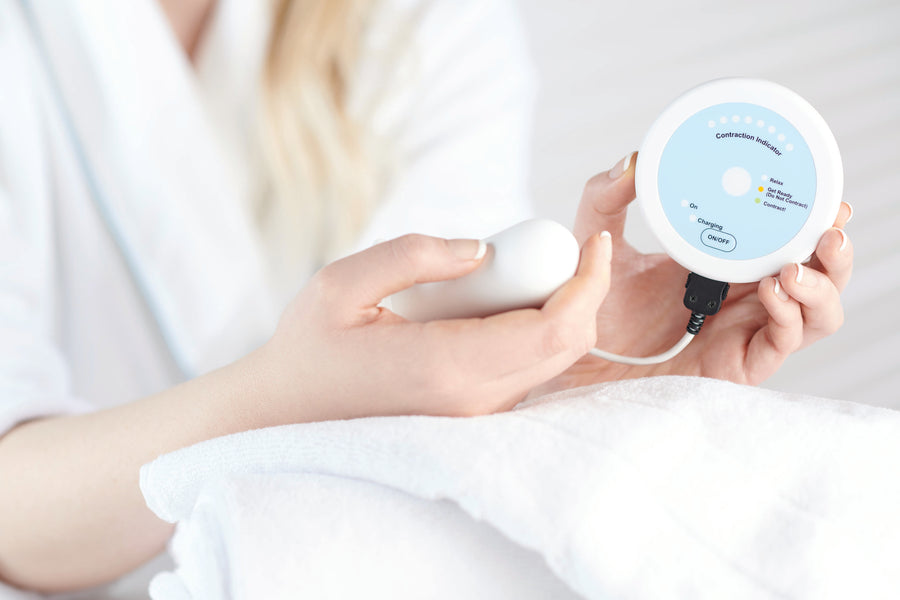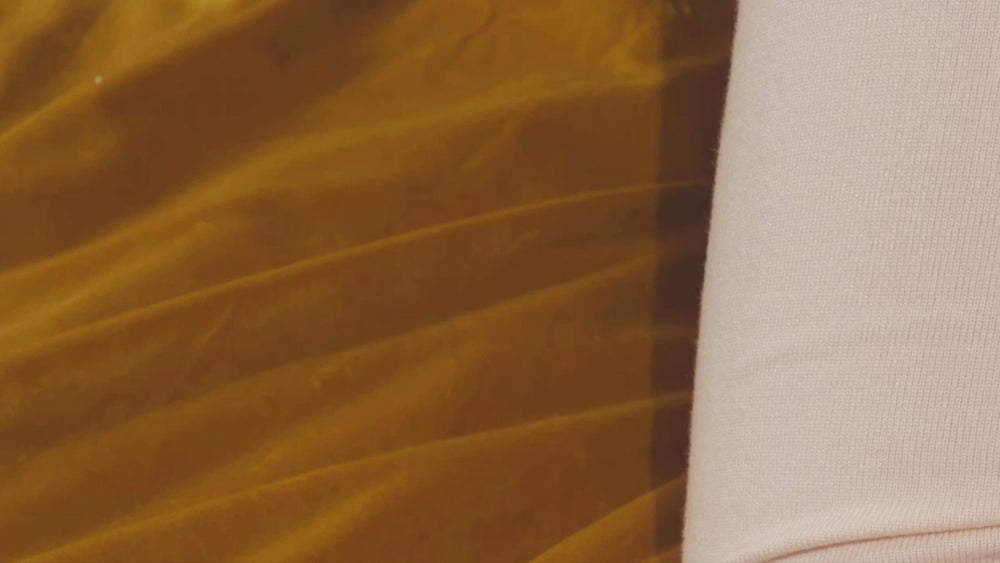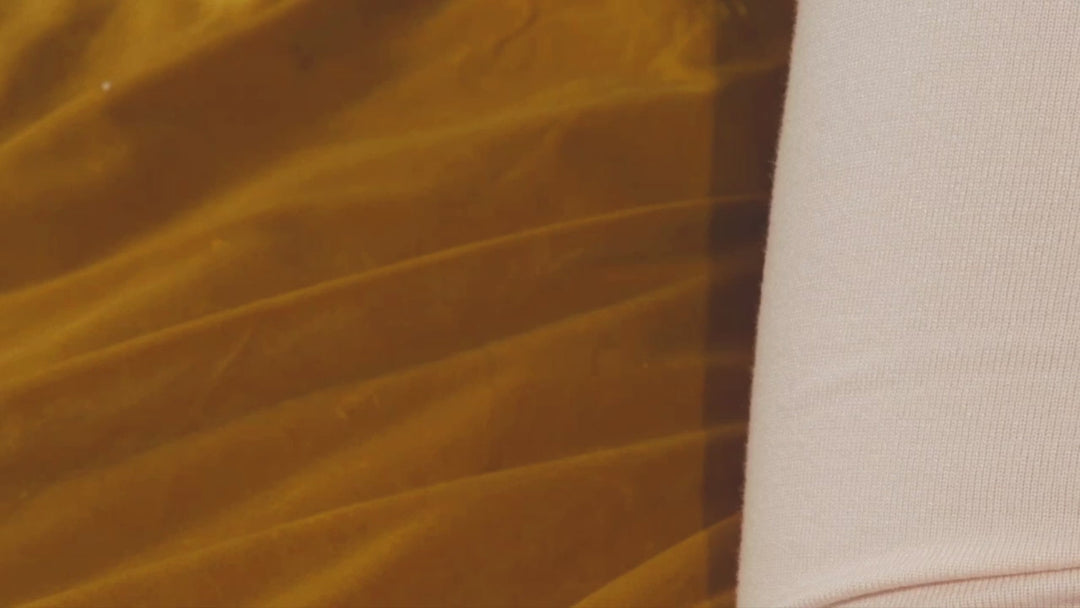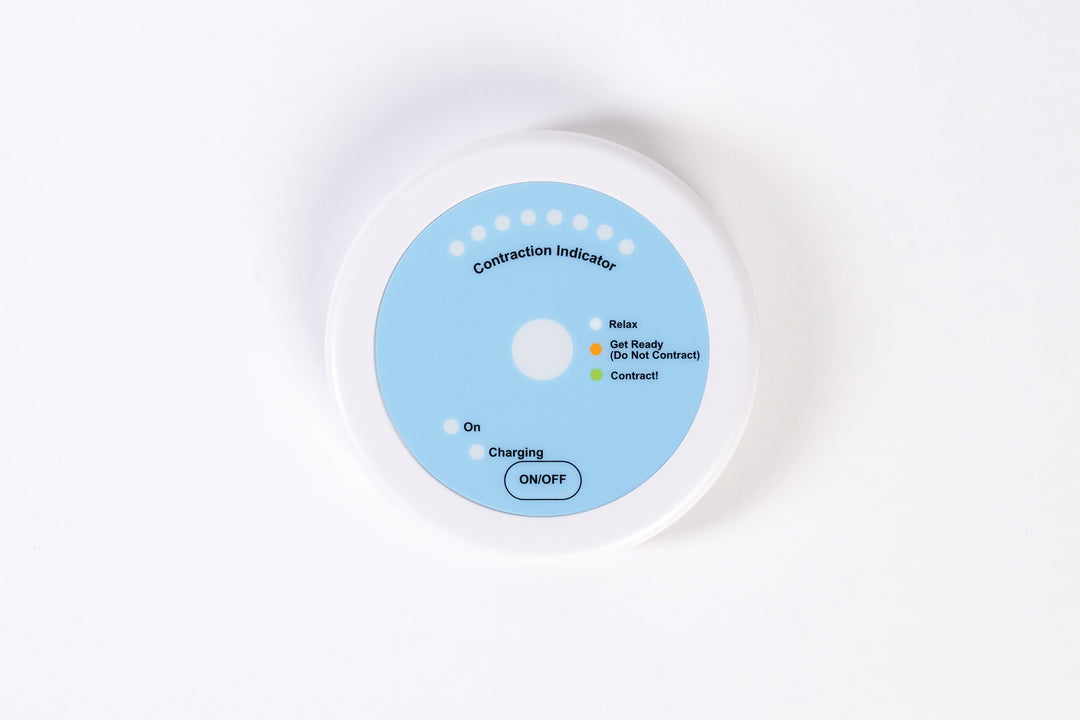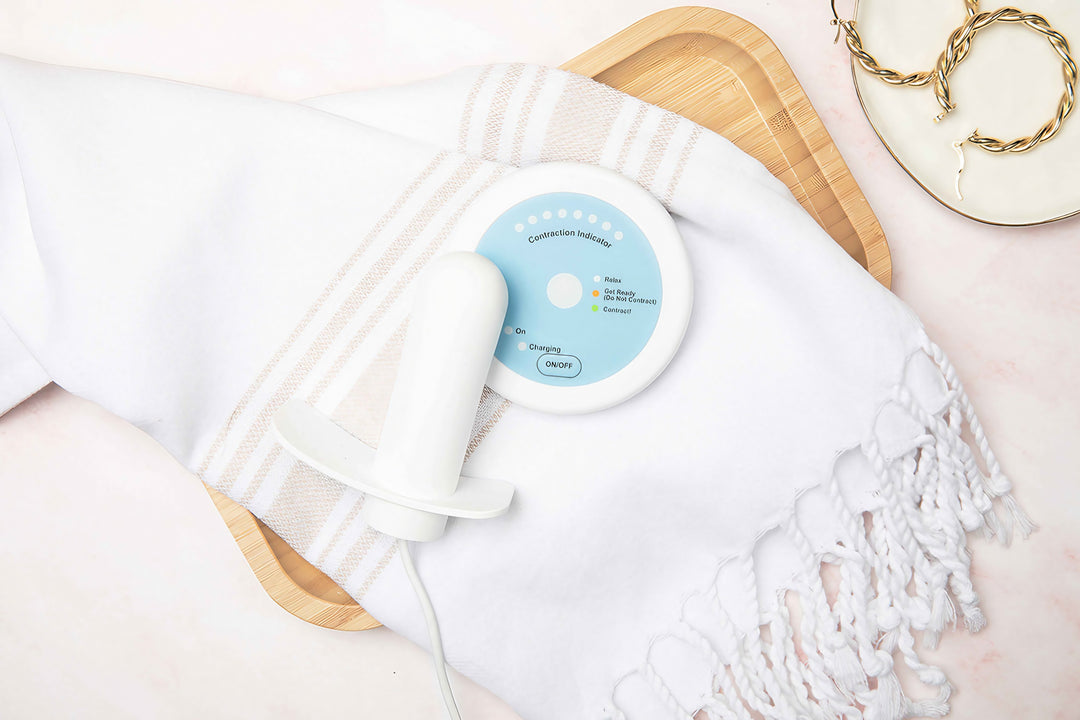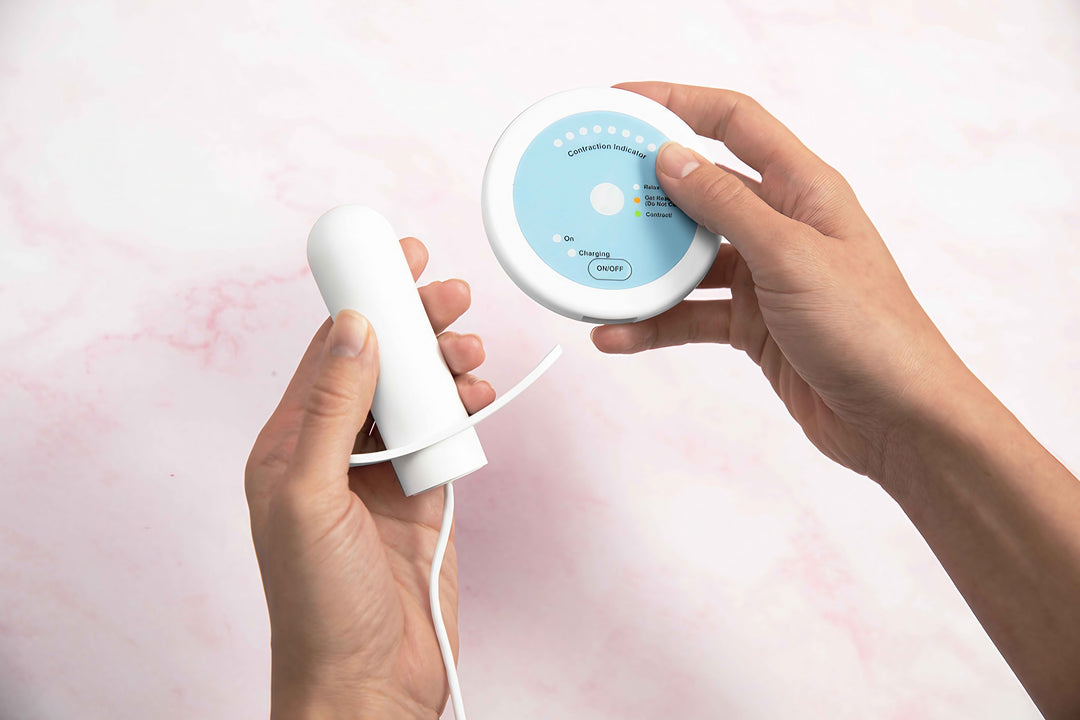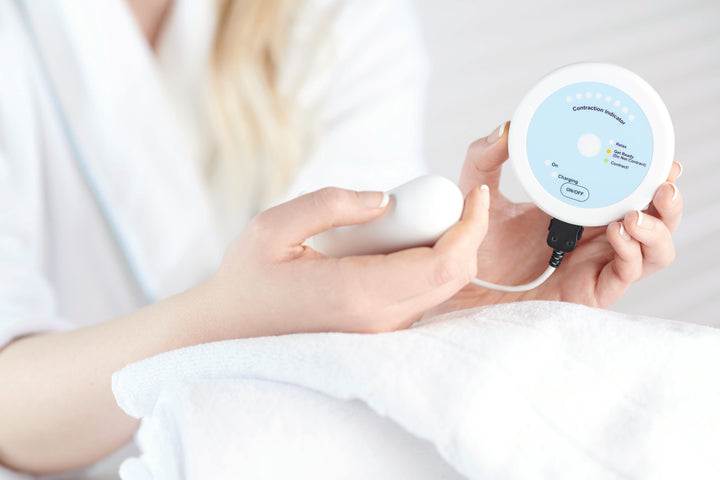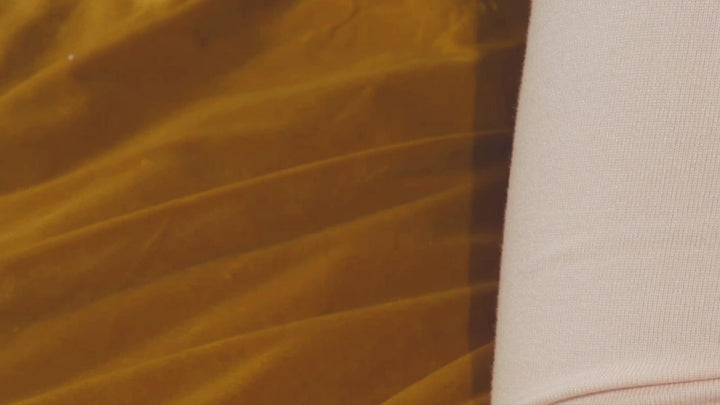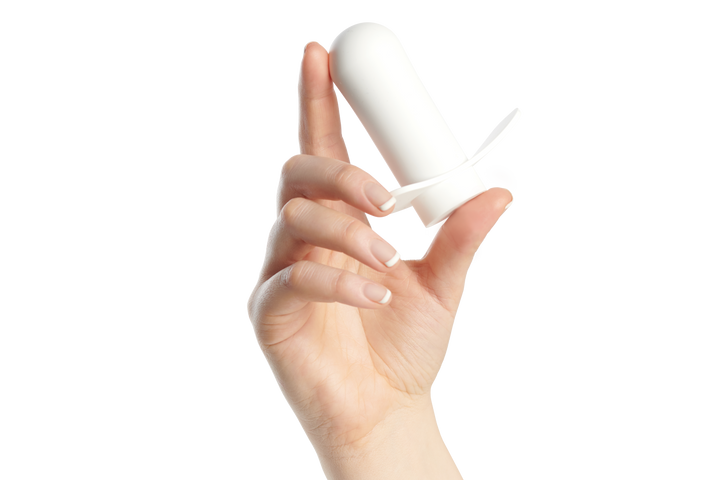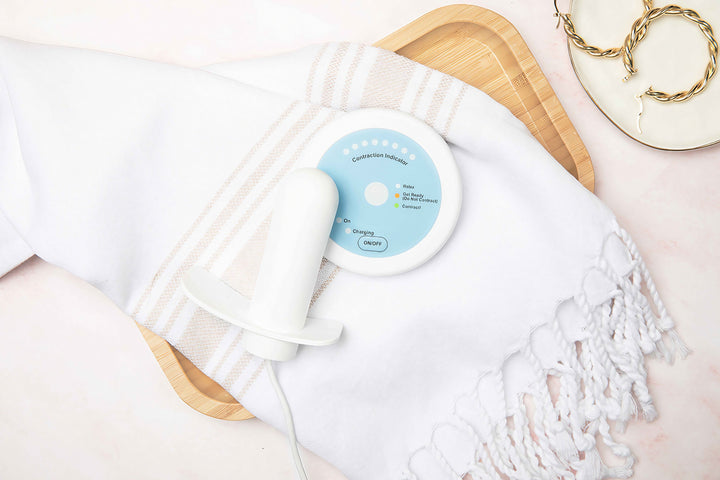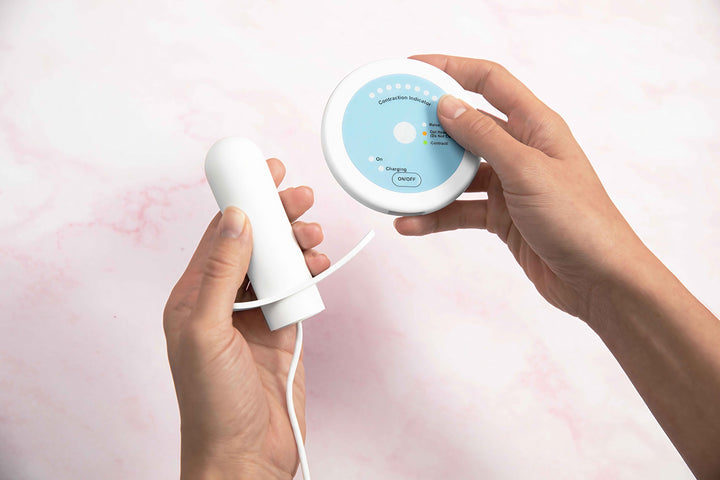Perimenopause, menopause and bladder leaks: what you need to know
Did you know that bladder issues can appear or get worse during perimenopause (the years leading up to menopause) and beyond?
Unfortunately, one of the two primary risk factors for urinary incontinence is increased age, according to the North American Menopause Society. (The other is vaginal childbirth.) This helps explain why bladder leaks are so common in mid-life. Nearly half of women older than 50 reported urinary incontinence in one study on healthy aging.1 So why does the risk of urinary incontinence increase as we age?
Why it happens
There are many types of incontinence and contributing factors, but as we age, we experience changes in two areas which can put us at risk:
Pelvic floor muscles. The pelvic floor is a bowl-like network of muscles and tissue that site under and support the bladder, bowel, and uterus. If they become weak, lose their tone, or if you lack control of these muscles, you may experience bladder leakage. Unfortunately, they tend to lose tone and weaken with age.
Hormones. Estrogen is the primary female hormone produced by your ovaries. As estrogen levels fluctuate in perimenopause and then decline, the lining of the urethra (the 1.5 inch – 2 inch long tube that empties urine from your bladder and out of the body) can thin and lose elasticity, which can worsen urinary incontinence.
What you can do
Although bladder leaks are common for women as we age, it’s not an inevitable result of aging. It’s not something we should just accept. We can take action to treat it!
Talk to your healthcare professional. There are different types of bladder issues and many contributing factors. Your healthcare team are your partners assessing what’s happening with you and can help you explore options to find relief.
Educate yourself on options. There are many treatments for bladder leaks, depending on the cause/type and severity, ranging from at-home steps to take, to medical treatments .
Flyte is the FDA-cleared, clinically proven treatment for pelvic floor muscle strength and bladder control.
1 Source: Urinary Incontinence: An Inevitable Part of Aging?
Swenson, Carolyn; Solway, Erica; Singer, Dianne, et. al. (2018-11-01); National Poll on Healthy Aging November 2018, http://hdl.handle.net/2027.42/146144











